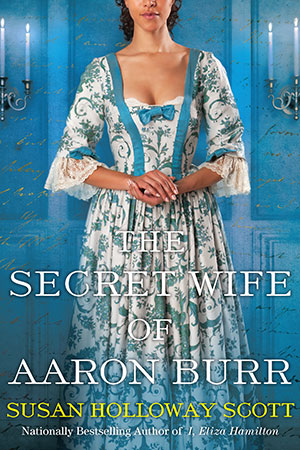Here's your fresh serving of Breakfast Links – our weekly round-up of favorite links to other web sites, blogs, articles, and videos, all gathered for you from around the Twitterverse.
• Hope this comes to US television: recreating the Netherfield ball from Pride & Prejudice.
• Science from 1912: "Mars peopled by one vast thinking vegetable."
• All-purpose explanation: the lewd women made me do it, 1752.
• Collection of cigarette ads from 1920s-30s, claiming that smoking makes you slimmer, prettier, healthier.
• "I married beneath me; all women do": Nancy Astor, first woman to sit as an MP in House of Commons.
• First book of fashion: reverse-engineering Renaissance fashion.
• America's first secret societies used rituals to build ties among members, not foster world domination.
• Photoshop portraits: how Shakespeare, Marie-Antoinette, Henry VIII, others, might look today.
• A distinctive orange wedding dress, worn by a flapper from Maine.
• Eight famous people who had the good fortune to miss the Lusitania.
• Recreating Cyprian powder, a 17th c. perfume.
• Irish Victorian writer Amanda McKittrick Ros, creator of legendary purple prose.
• "He is an asse, a peece of ginger-bread/Gilt over to please foolish girles": 17th c. gingerbread.
• American dreams: in the 18th-19th c., where did minds wander at night?
• A lush printed taffeta evening gown by Sarmi, c. 1959.
• Lovely short animated video features Pre-Raphaelite model Lizzie Siddal.
• Tales that hang from a gentleman's watch fob, 1890.
• Solving the mystery of a British soldier buried in the dunes of Holland 200 years ago.
• The Connoisseur eavesdrops at Vauxhall Gardens, 1823.
• The first of May is Chimney Sweeps' Day.
• Sidesaddles & suffragettes: the fight to ride and vote like a man.
• Slideshow featuring four centuries of food & drink in European painting, 1400-1800.
• Cautionary tales of the 18th c.: masturbation and the dangerous woman.
• The lost 1863 Empire Skating Rink, NYC.
• The 18th c. bathing dress.
• One strong Tudor woman: Bess of Hardwick's letters now on line.
• Big backsides ruled the 1800s: the progression from the Regency through the 1890s.
• Untouched for 200 years: the curse of "The Dirty Bottles" at Ye Olde Cross, Alnwick.
• Meat pie, anyone? The true story of Sweeney Todd, the demon barber of Fleet Street.
• The Thames of Old London in vintage photos.
• Fascinating ear trumpet specially designed for the Victorian wearer who was in mourning.
• Other things found in old recipe books include the contents of an 18th c. jewellery box.
• Beheaded for treason in 1820: the men behind the Cato Street Conspiracy to murder the prime minister and his cabinet.
• An 18th c. wig box, indispensable aid to looking your best after wearisome coach travel.
• Pure historical silliness: truly strange fabric shows the Founding Fathers (plus Honest Abe) shirtless & buff.
Hungry for more? Follow us on Twitter @2nerdyhistgirls for fresh updates daily!
Laws Concerning Women in 1th-Century Georgia
10 months ago







 One of us --
One of us -- 


